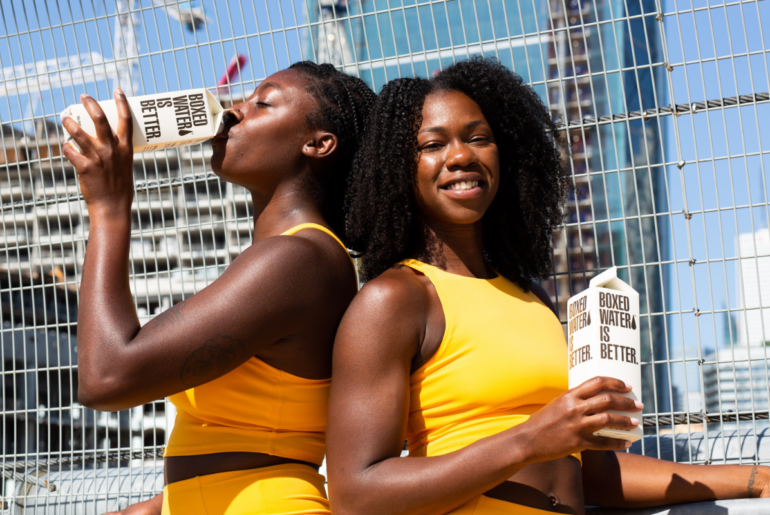Are you running a social hub for your business like many other brands are doing today? Learn more on what a social hub is here. What is your social hub doing for you from a business perspective? With the ability to aggregate all of your social feeds or hashtagged content into one place and run social campaigns to increase engagement, it better bring you a some sort of monetary return. Social ROI is what every brand wants, yet it is very difficult to measure. Here are 2 ways that you can implement to monetize your social media via social hubs on web implementations, in-store displays, and even at events.
1. Native Advertising (aka Sponsored Posts)
What is native advertising?
- Doesn’t interrupt your audience experience
- Targeted to certain types of audiences
- Has actionable content (read a blog, like a photo, etc)
With websites like Facebook, Twitter, Instagram and now Pinterest supporting in-stream or native advertising, your social hub can function on that level as well. Good candidates to be featured in your social hub are companies that have consumer-facing products targeted at your audience and organizations that are synergistic with your brand values and ethos.
To be effective, make sure that the sponsored posts are relevant to your audience that your website attracts. It’s simple to have synergistic brands use space within your social hub to promote their own products and campaigns.
For example, if you were a charity with a social hub on your website and wanted to recognize your sponsors, you can add their content into the stream by adding selective sponsored content, or their social hashtag. This increases exposure for your sponsors and allows you to monetize those eyeballs you will attract.
You can also feature sponsor/ad content at your next event social wall and retail store display in 2 ways. First, you can automatically aggregate & display posts in from (for example) a sponsors’ official Facebook Page for extra exposure to their content. Secondly, the banner space is even more attractive for sponsors and advertisers because those custom banners allow you to feature the sponsor(s) logos throughout your entire event on the social wall.
By using a custom banner with the sponsors logo and hashtag(s) to use to get onto the social wall, this real-time social branded experience is engaging and enticing. For events with multiple sponsors, you can even use a rotating GIF to highlight everyone who contributed to your event.
2. Call To Action (aka CTA)
Get users to engage your brand directly through your social hub with a CTA. CTA buttons are the most direct way to contribute to your ROI, by simply monetizing off of your social media feeds. Place a CTA within a social media post, and whenever someone posts to your Facebook page or uses your hashtag, you can drive your audience to purchase products, make donations, fill entries, and much more.
Steps to maximizing ROI with CTAs:
- Build a social library of marketing content
- Capture data about your audience
- Drive purchases and analyze conversions
Anyone can leverage CTA in a social hubs to build a library of user generated content, automatically. By asking users to “share your best look now!” you will aggregate content that can be used to leverage authentic comments and word of mouth recommendations about your products. These unbiased reviews of item quality, fit, and utility can be used in directly on your site to drive more conversions, sales and also in future marketing campaigns. Be sure to incentivize customers and use hashtags to make it easy to participate so you generate more content.
Now that you have all this content, you can add a CTA button directly below a post to get visitors to do such actions like checkout, donate, fill out surveys, sign up for newsletters, and opt-in for communications with your brand. This is how you monetize that social content. No longer is content just being viewed; it is being leveraged to monetize.
For example, E-commerce sites can embed a “Shop this Look” button onto each of the social posts feeding into your social hub. Charities who share success stories in their social hubs can add a “Donate Now!” button to the most heartwarming posts and get visitors to now donate money. Using analytics, you can also see which just how many people are clicking through to your call to action destination, and what that conversion % looks like. By using UGC and analytics to understand what picture or story is most attractive, CTA should be placed strategically to drive conversions at the right time.
Is your social hub doing everything it can to give you measurable ROI? If it isn’t, consider monetizing your social media content, created by your own brand or your audiences. Keep your social hub visible on your site and find ad partners that compliment your brand for the most effective execution of these strategies.
Have you seen other great ways to monetize your social hub? Let us know in the comments below!
-Ed Hu
Happiness Hero, Tint









